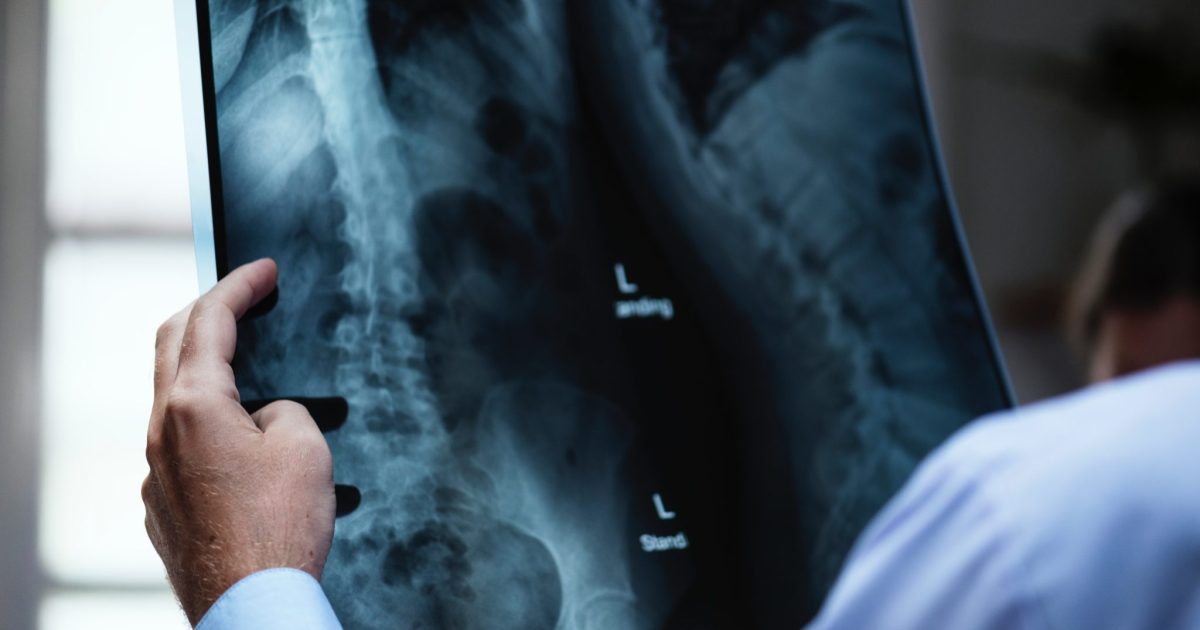Complications Linked To Muscular Dystrophy
Breathing Difficulties

Breathing difficulties are common in individuals with muscular dystrophy, though the level of involvement varies from case to case. Problems with breathing typically occur because there's a progressive weakening of the respiratory muscles. The diaphragm is an important muscle for respiration. It is located just underneath the lungs and assists in inhaling. When the diaphragm weakens in patients with muscular dystrophy, they aren't able to inhale as deeply, which leads to a reduction in oxygen and a decrease in lung function. There are other muscles in the abdomen that help with exhaling. Abdominal weakness can make it difficult to exhale fully, which means the lungs aren't cleared of carbon dioxide.
Another issue is weakening of the muscles that make up the upper respiratory tract. The muscles in the throat and nose are necessary for air intake. They can collapse when sleeping, which makes muscular dystrophy patients more likely to have breathing issues while they sleep. These patients might be more hurt by illnesses like pneumonia because the weakened respiratory muscles make it difficult to cough up phlegm. If an individual with muscular dystrophy has scoliosis, it can affect how the chest wall is structured and lead to breathing issues.
Scoliosis

Scoliosis is a condition characterized by the abnormal sideways curving of the spine. While the condition can occur by itself, it's also often a complication of muscular dystrophy. Many of these patients have scoliosis, and in this case, the condition is caused by progressive weakness in the muscles that support the spinal column. Most patients don't develop scoliosis until after the disease has progressed enough so they are no longer able to walk or stand. If this is combined with progressive tilting of the patient's pelvis, it can be difficult to sit because there's an uneven distribution of weight between the buttocks.
As with other complications, the presence of scoliosis varies widely depending on the type of muscular dystrophy and symptom progression. Some patients with congenital muscular dystrophy might have scoliosis from birth. With Ullrich congenital muscular dystrophy, scoliosis tends to develop within the first ten years of the patient's life. Seventy to ninety percent of teenagers with Duchenne muscular dystrophy develop scoliosis. The condition has also been seen in the Becker, limb-girdle, and facioscapulohumeral subtypes.
